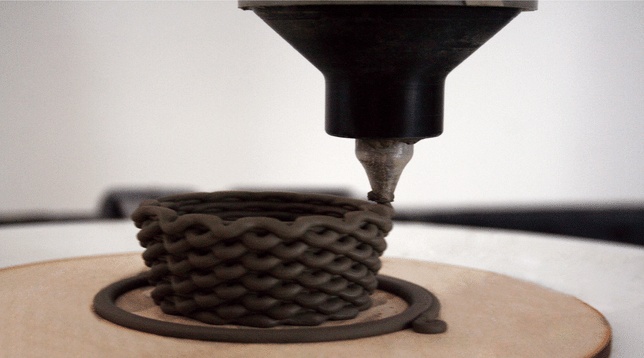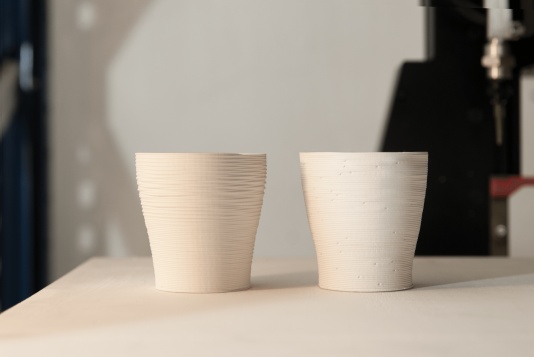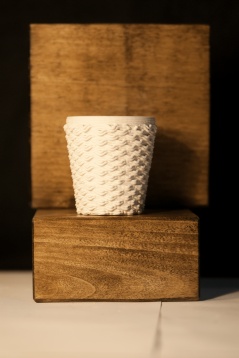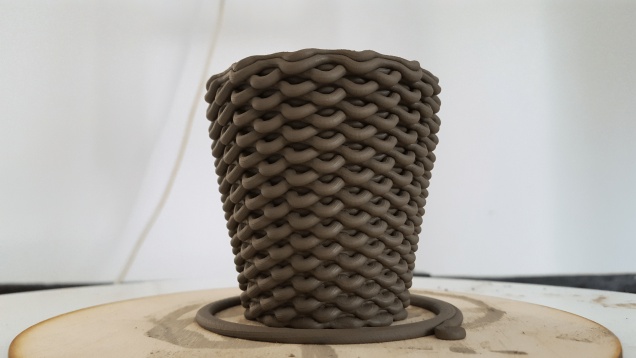HISTORY
Ground Digitalia is a groundbreaking and “out of the box” ceramics studio, where clay is shaped by CAD software and 3D printers.
SPECIFIC
The activity of the workshop is based on a continuous process of research and development in computerized design and 3D printing related to the advanced ceramics field, transposing clay, the primordial material at the boundary of unconventional art and science, digital sculpture and craftmanship.
ROMANIAN DESIGN WEEK APPEARANCES
2019 // CERAMORPH
CERAMORPH consists of a number of ceramic objects resulting from digital manufacturing and design processes, through parametric variations in the clay transposition, repeated, but slightly altered iterations of the same CAD model.
The project explores the implications of algorithms in the automated generation of ceramic forms in relation with the systematic structuring of the clay - layer by layer. Each iteration is a step in understanding the influence that the attempt to control the consistency of the material, the direction of form generation and the flow, all subject to gravity laws, have in obtaining the aesthetics and texture of a different kind of ceramics.
The models highlight the expressive potential of 3D printed ceramics and a conceptual artistic character with unexpected results, following a simple digital drawing manufactured with high complexity and finished with something completely different than the initial visualization.
Ground Digitalia is a groundbreaking and “out of the box” ceramics studio, where clay is shaped by CAD software and 3D printers.
SPECIFIC
The activity of the workshop is based on a continuous process of research and development in computerized design and 3D printing related to the advanced ceramics field, transposing clay, the primordial material at the boundary of unconventional art and science, digital sculpture and craftmanship.
ROMANIAN DESIGN WEEK APPEARANCES
2019 // CERAMORPH
CERAMORPH consists of a number of ceramic objects resulting from digital manufacturing and design processes, through parametric variations in the clay transposition, repeated, but slightly altered iterations of the same CAD model.
The project explores the implications of algorithms in the automated generation of ceramic forms in relation with the systematic structuring of the clay - layer by layer. Each iteration is a step in understanding the influence that the attempt to control the consistency of the material, the direction of form generation and the flow, all subject to gravity laws, have in obtaining the aesthetics and texture of a different kind of ceramics.
The models highlight the expressive potential of 3D printed ceramics and a conceptual artistic character with unexpected results, following a simple digital drawing manufactured with high complexity and finished with something completely different than the initial visualization.
























